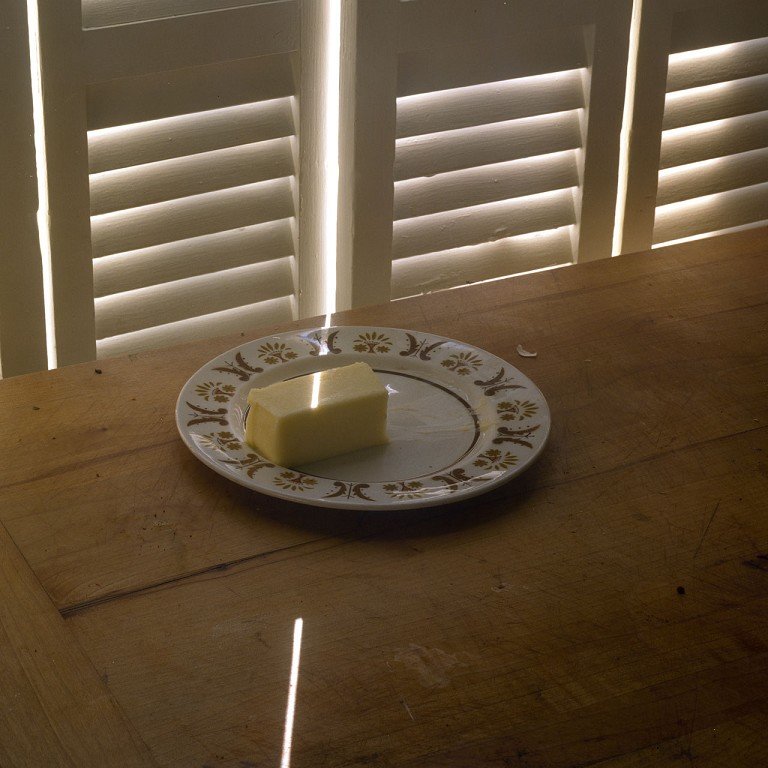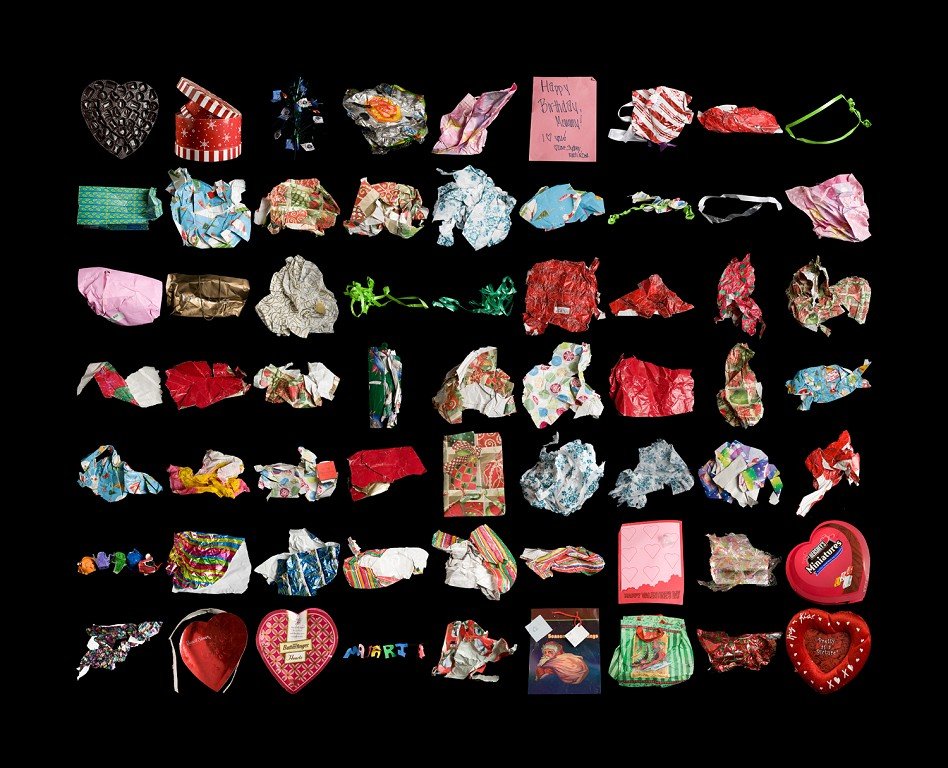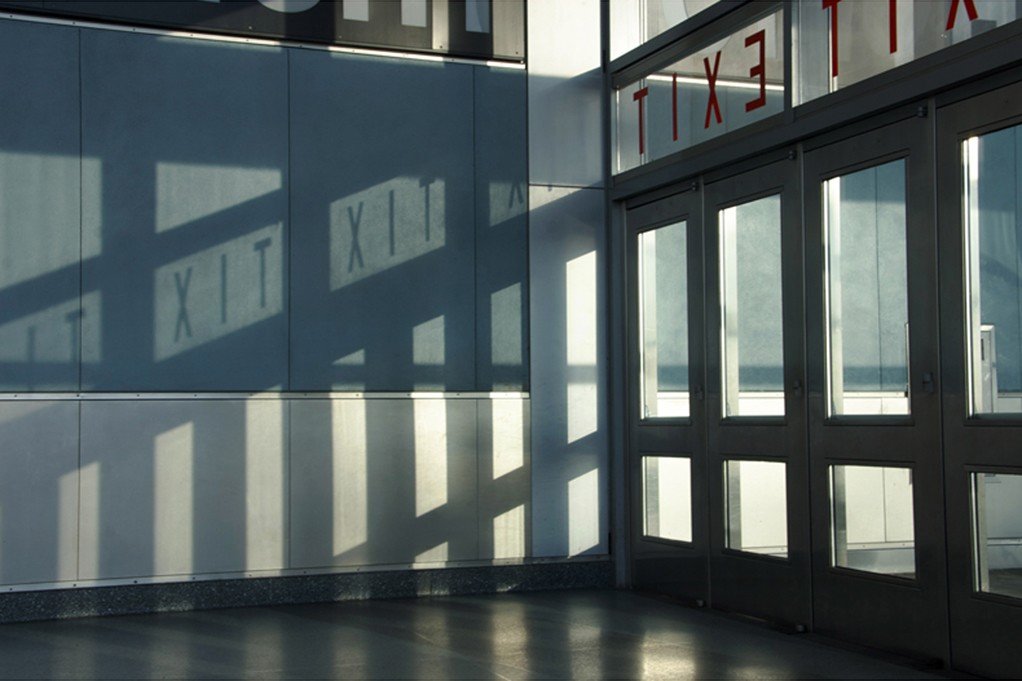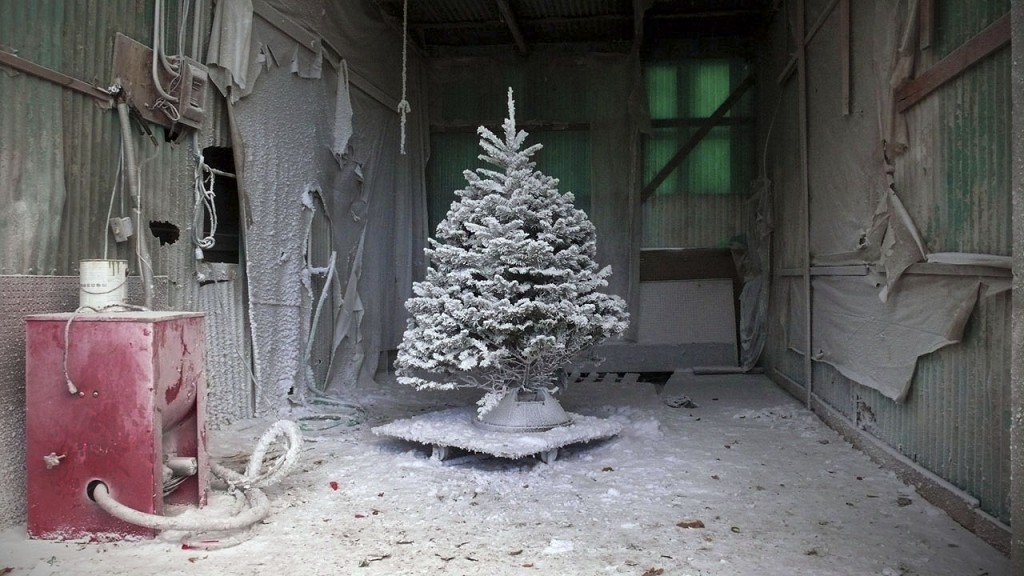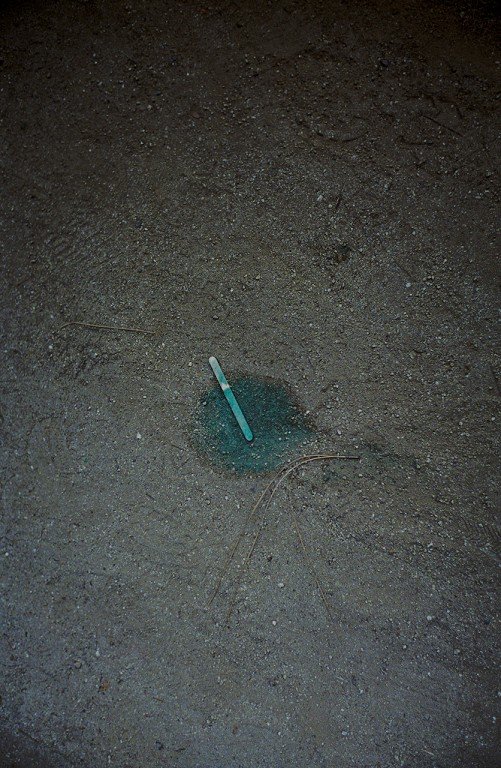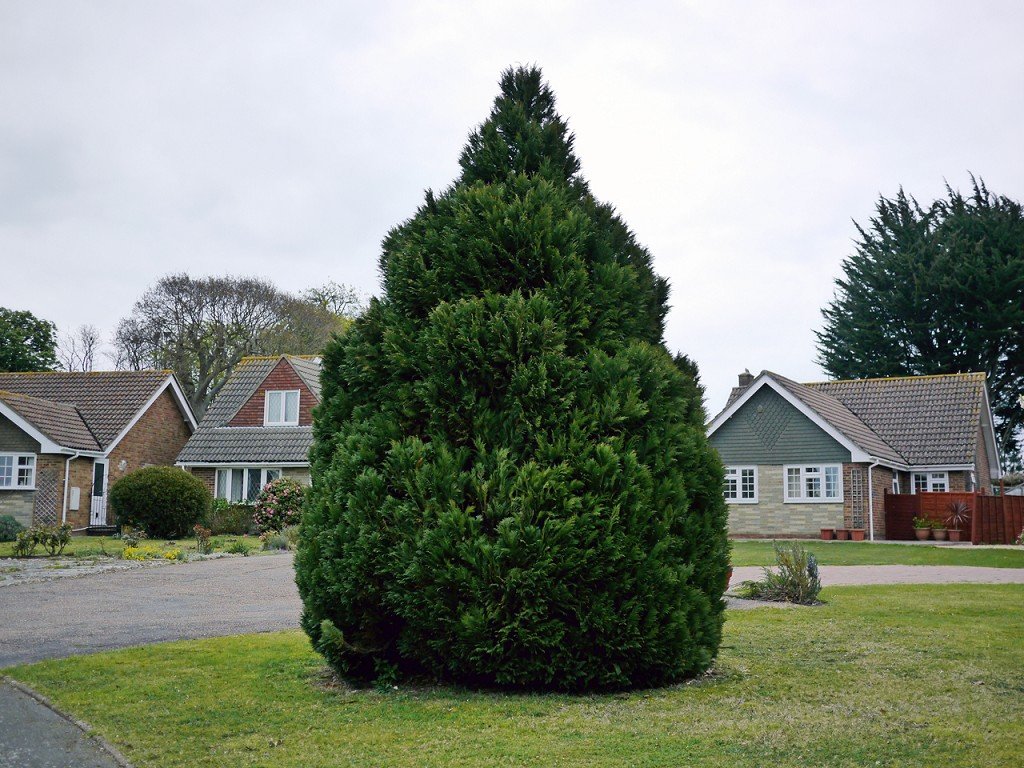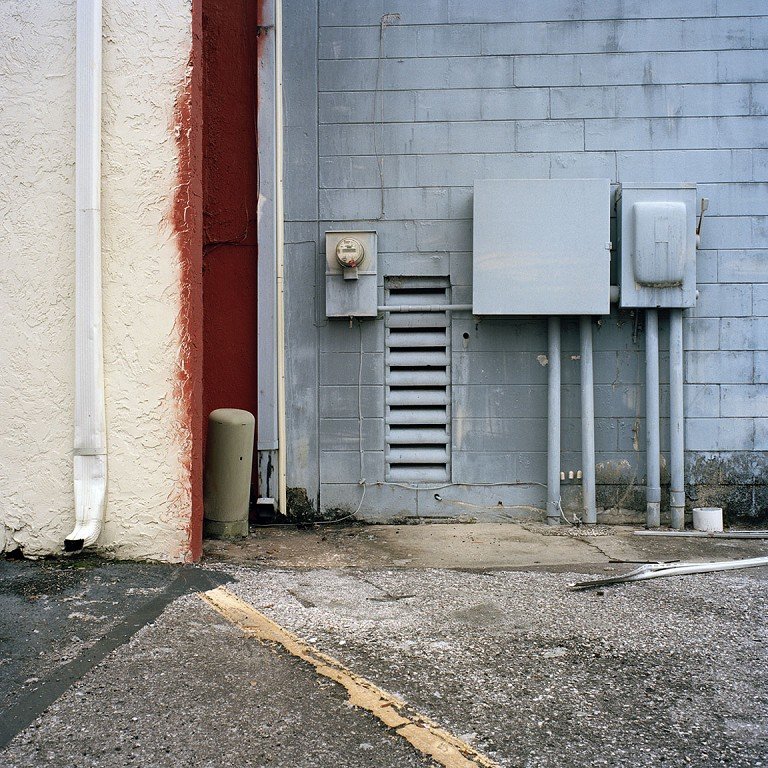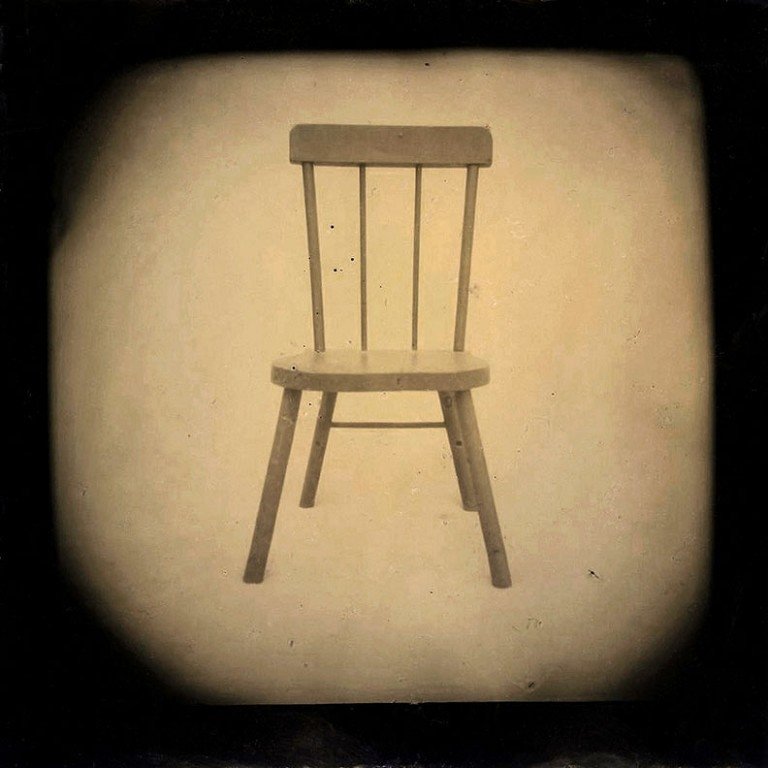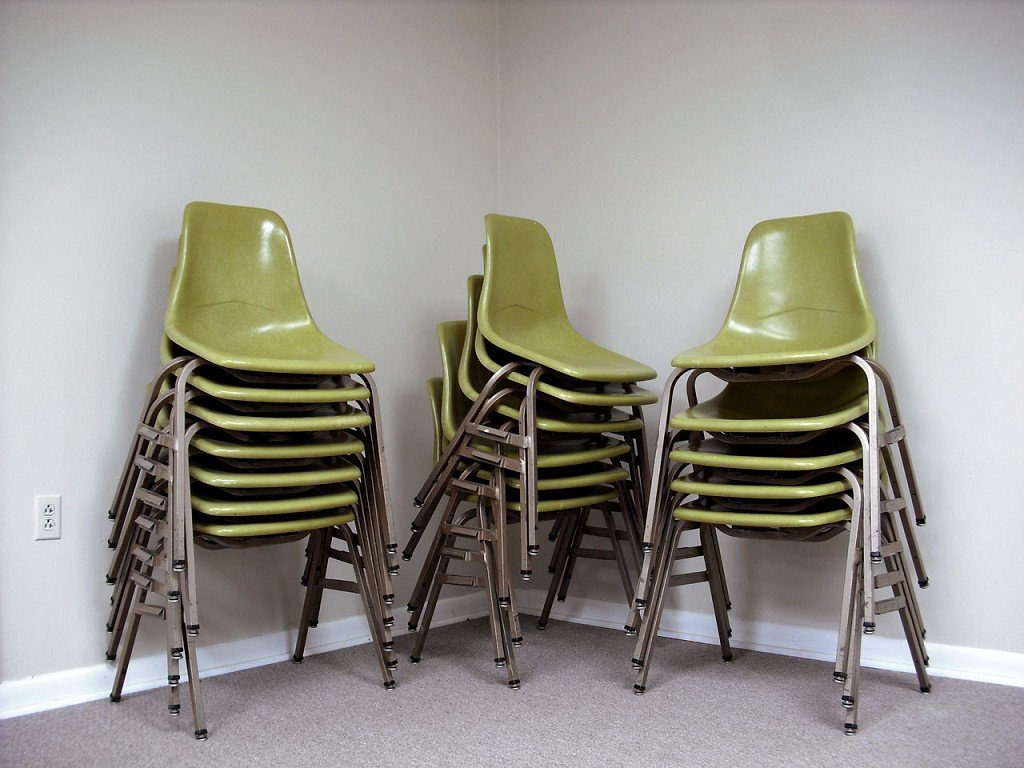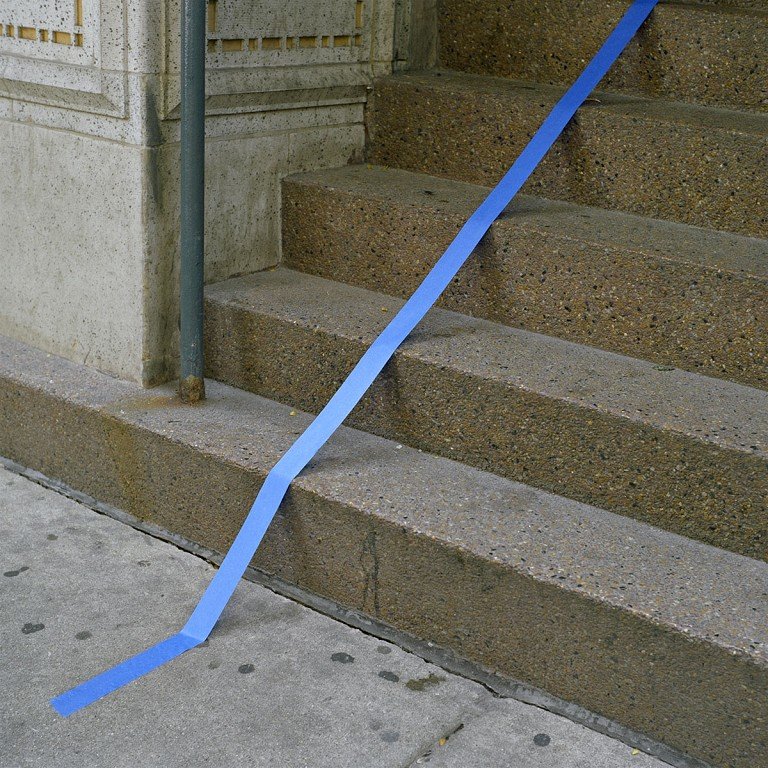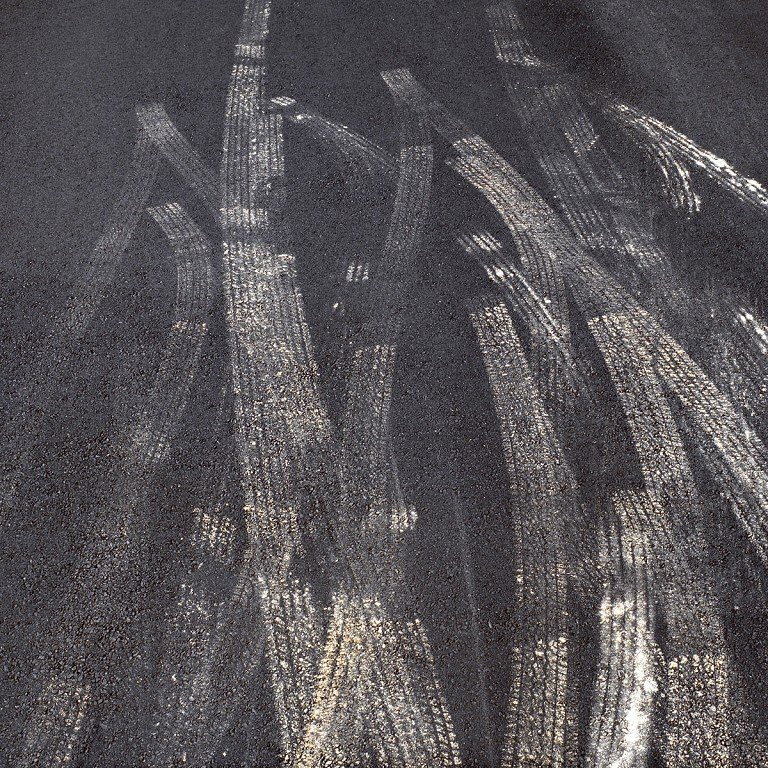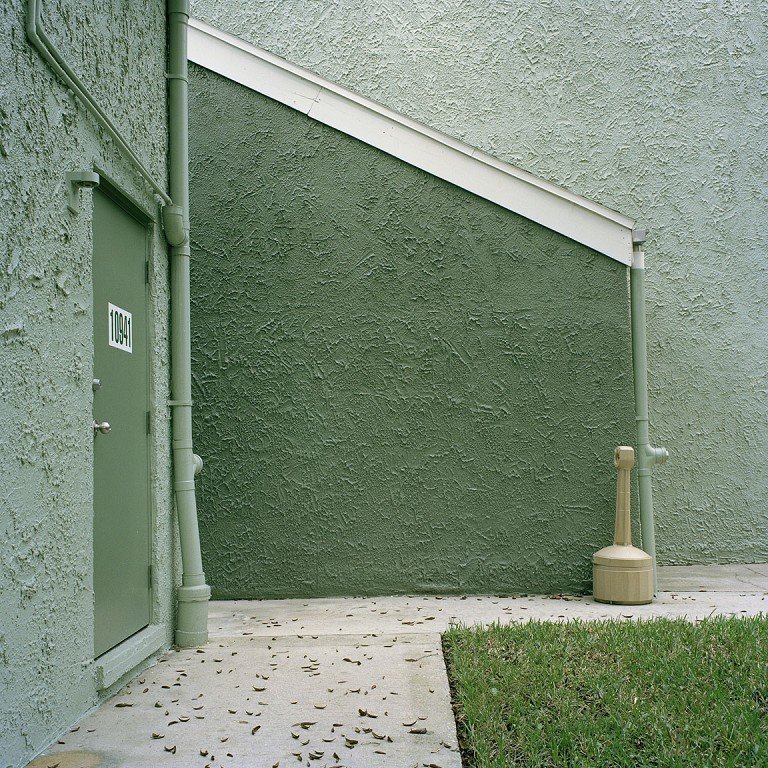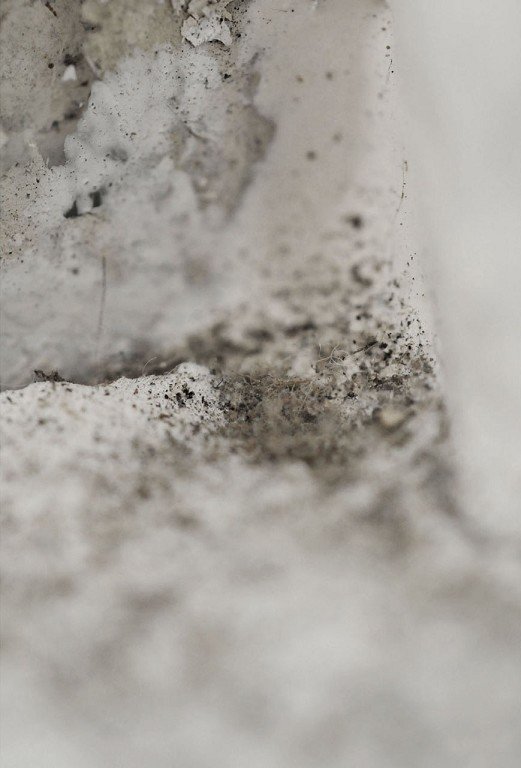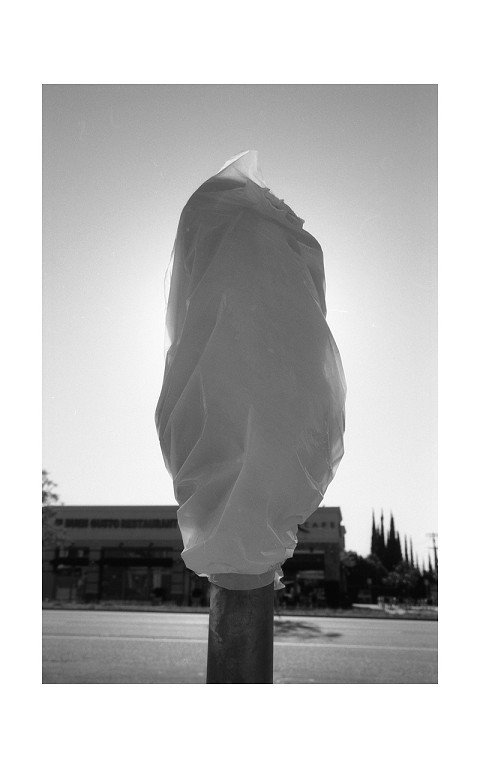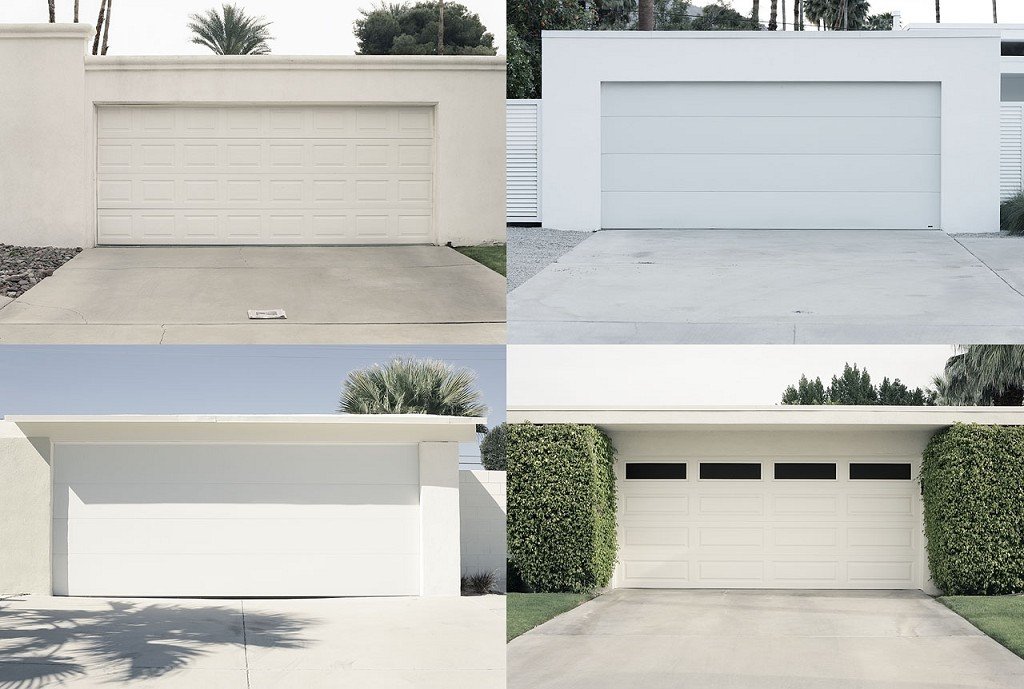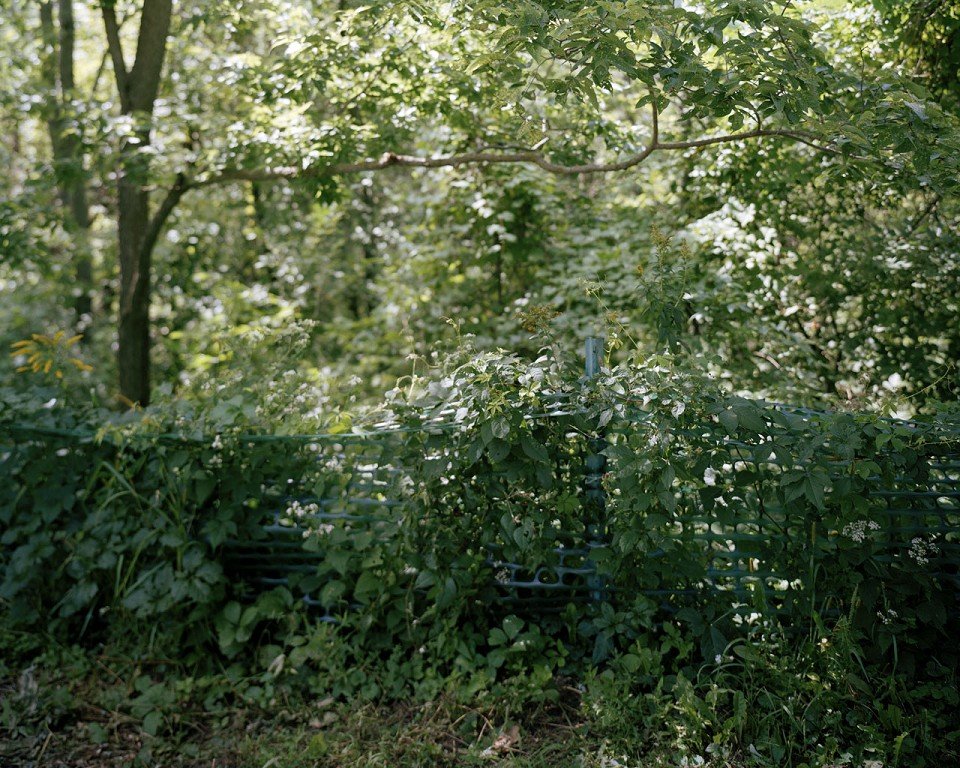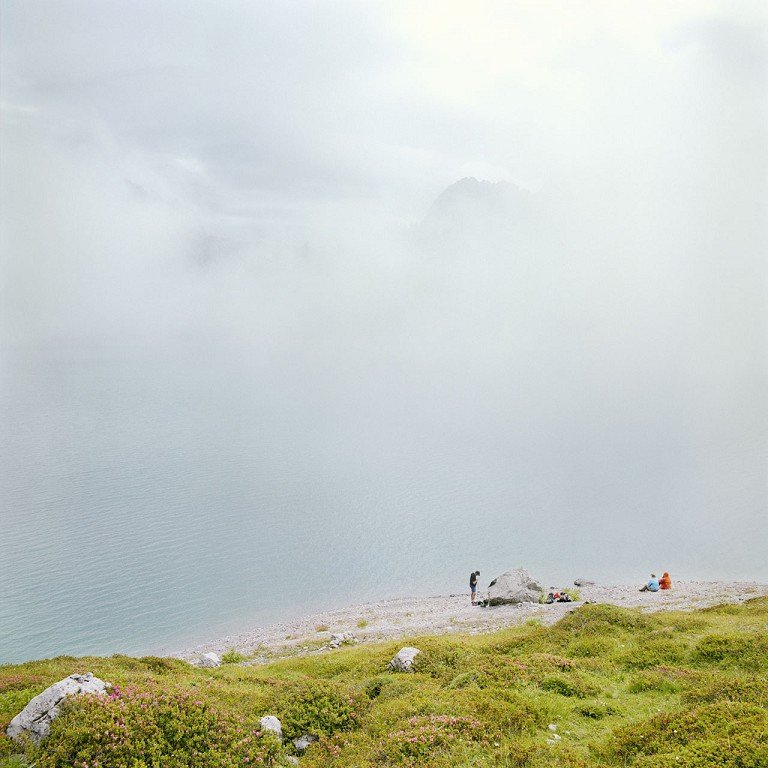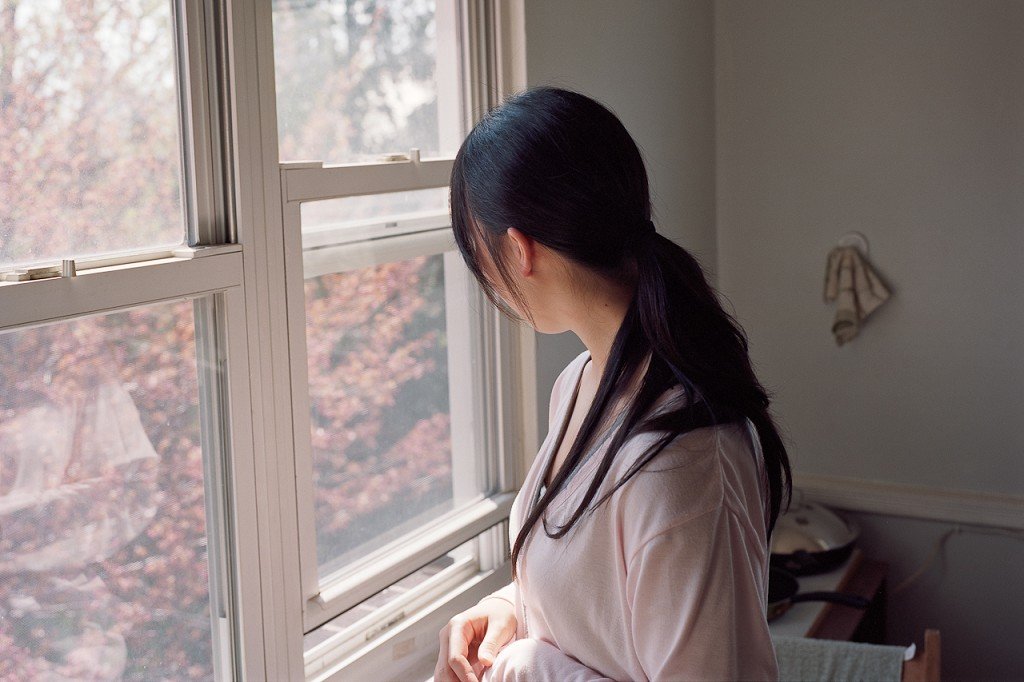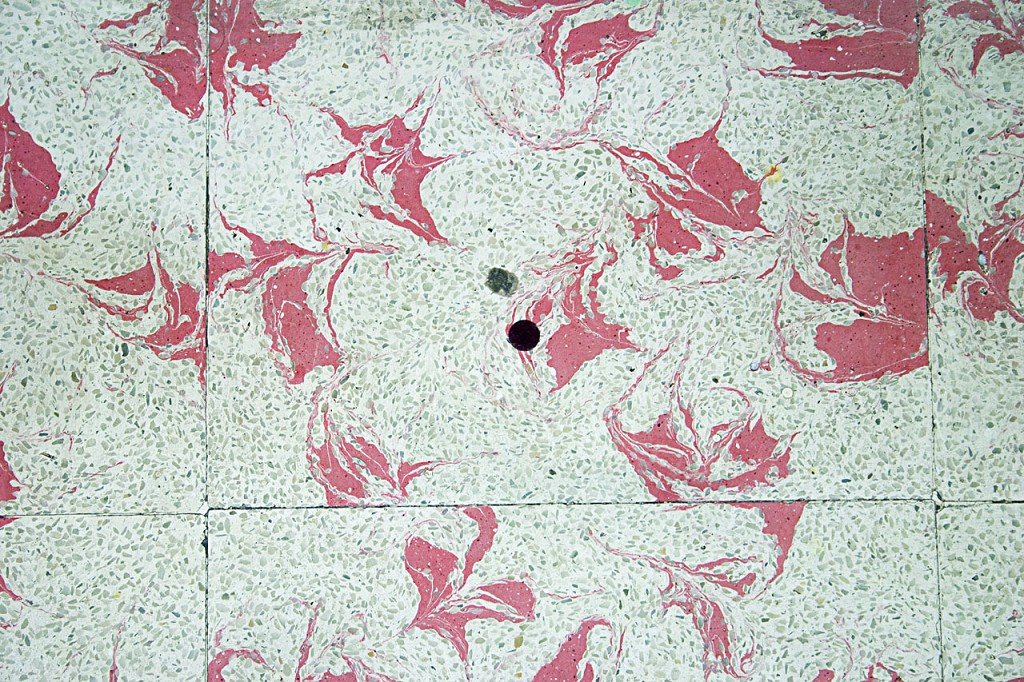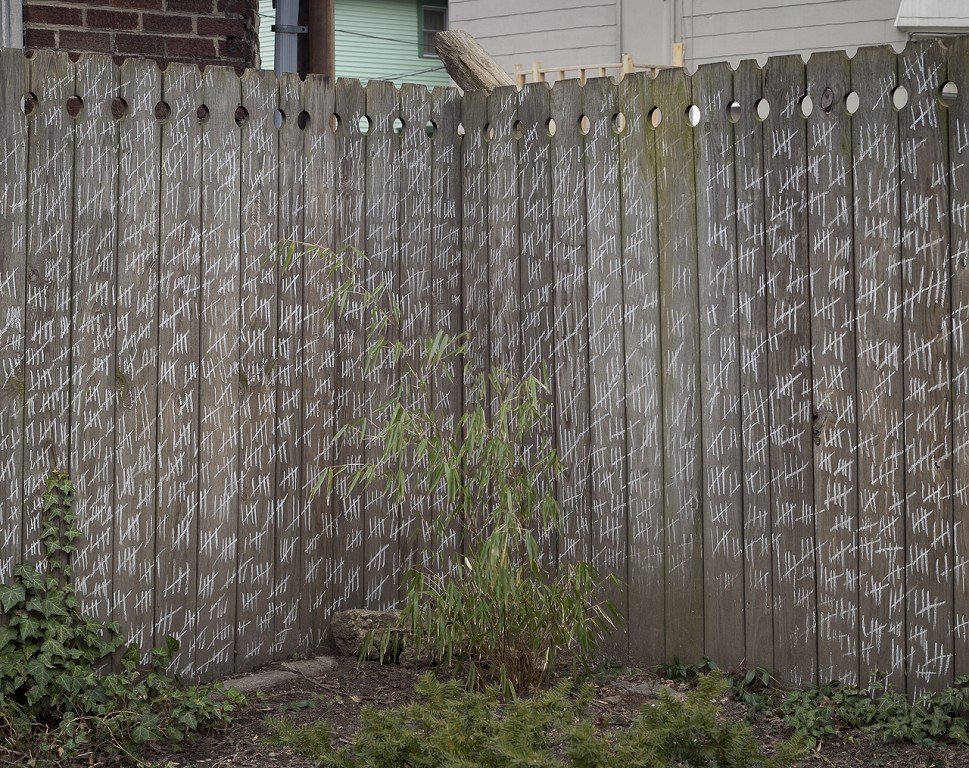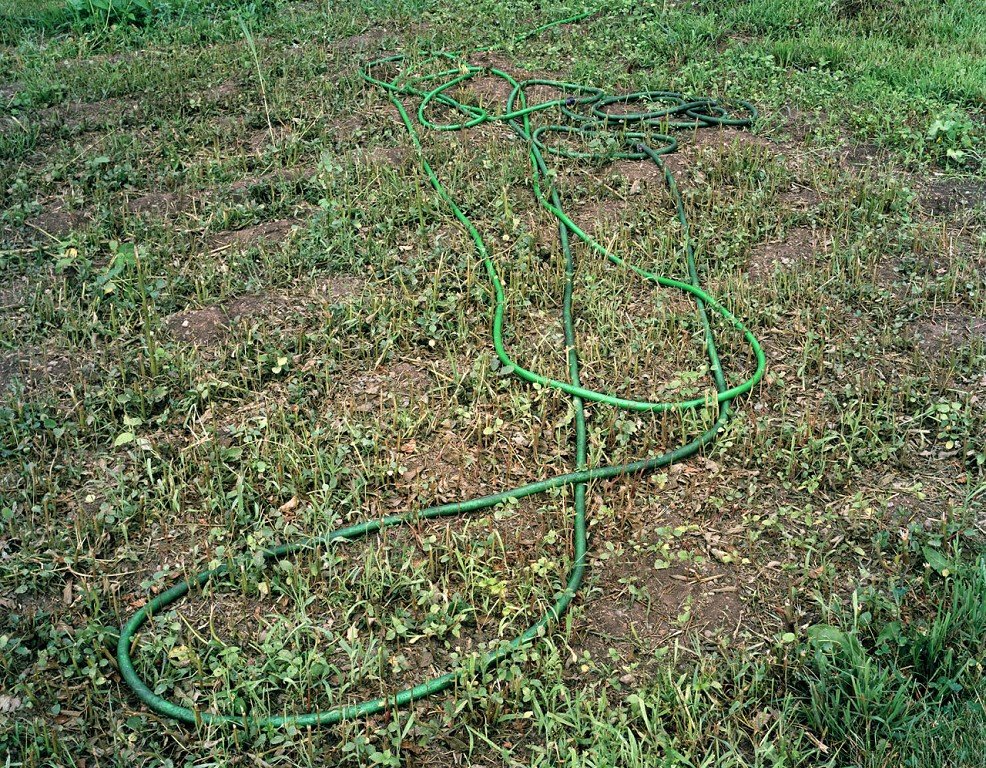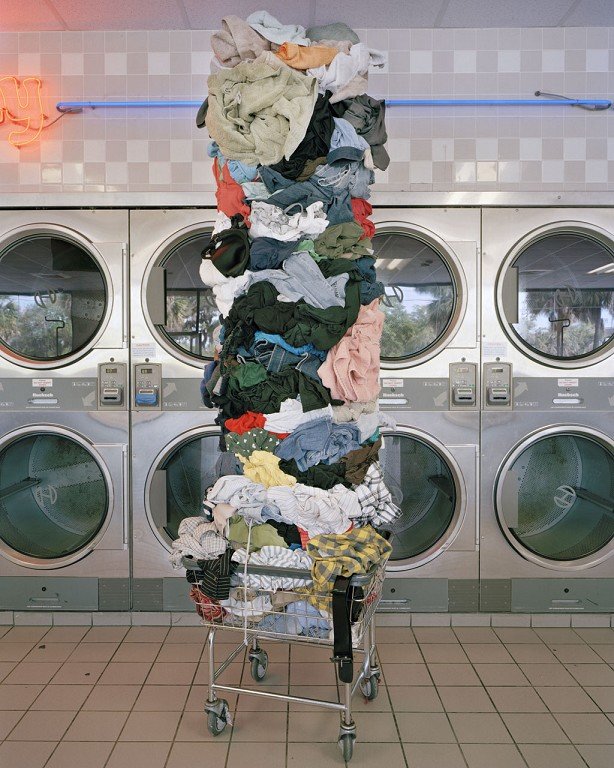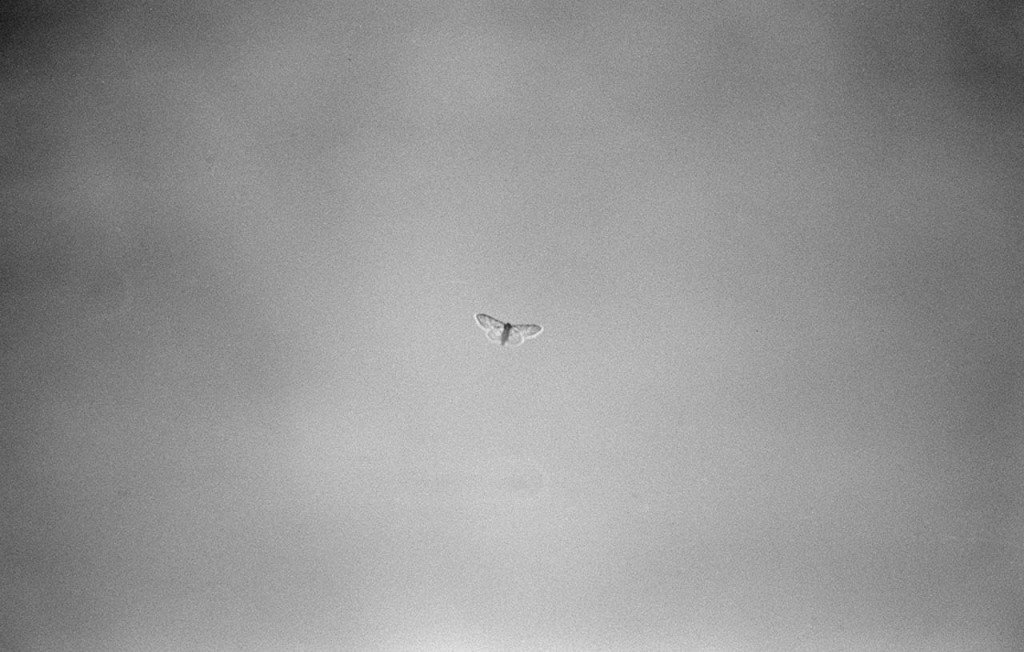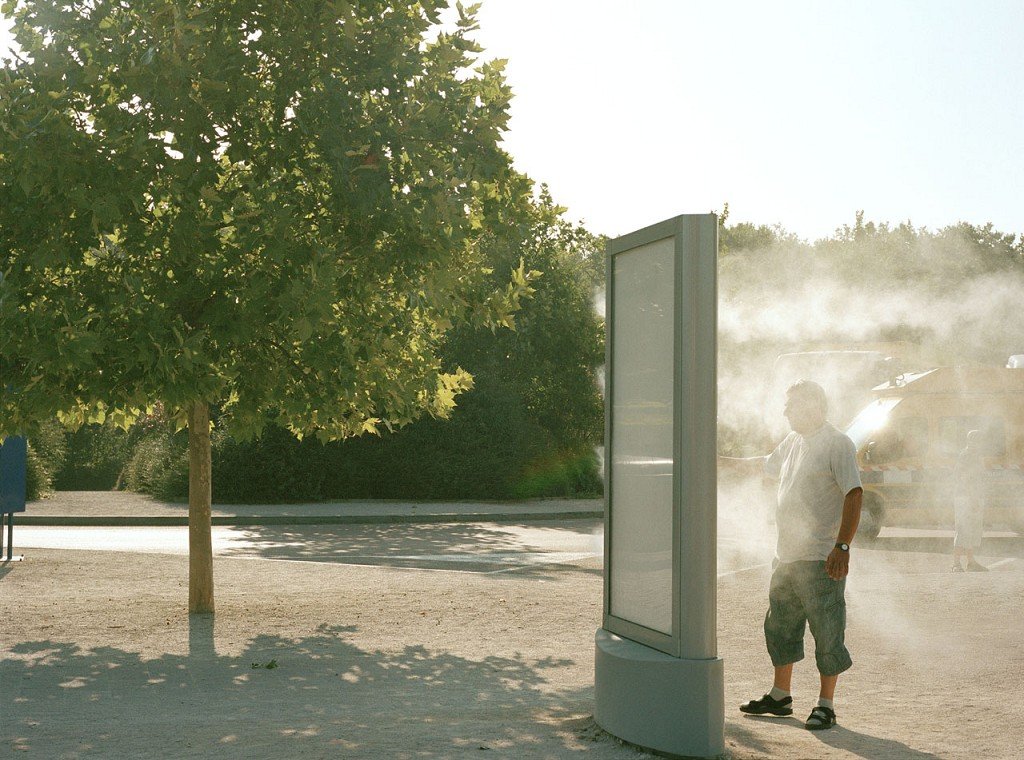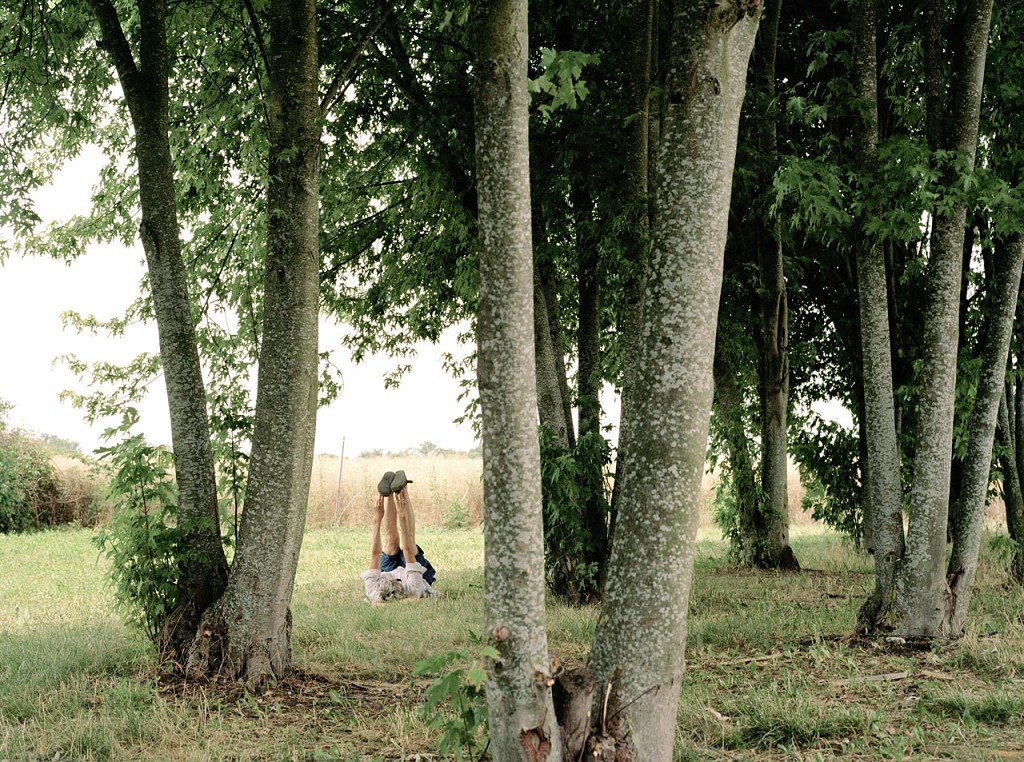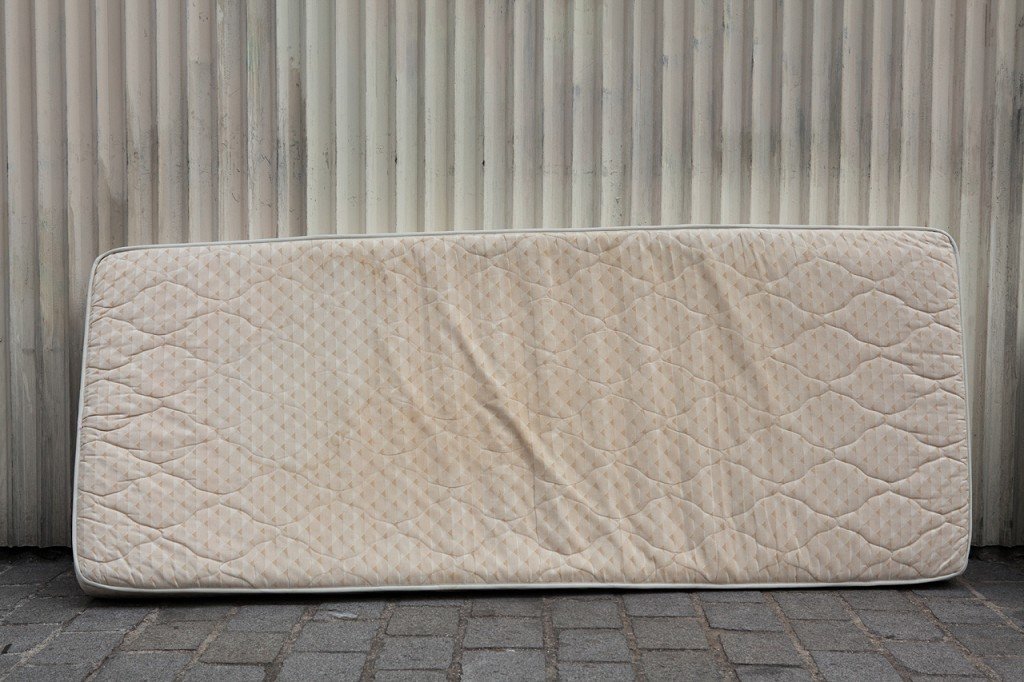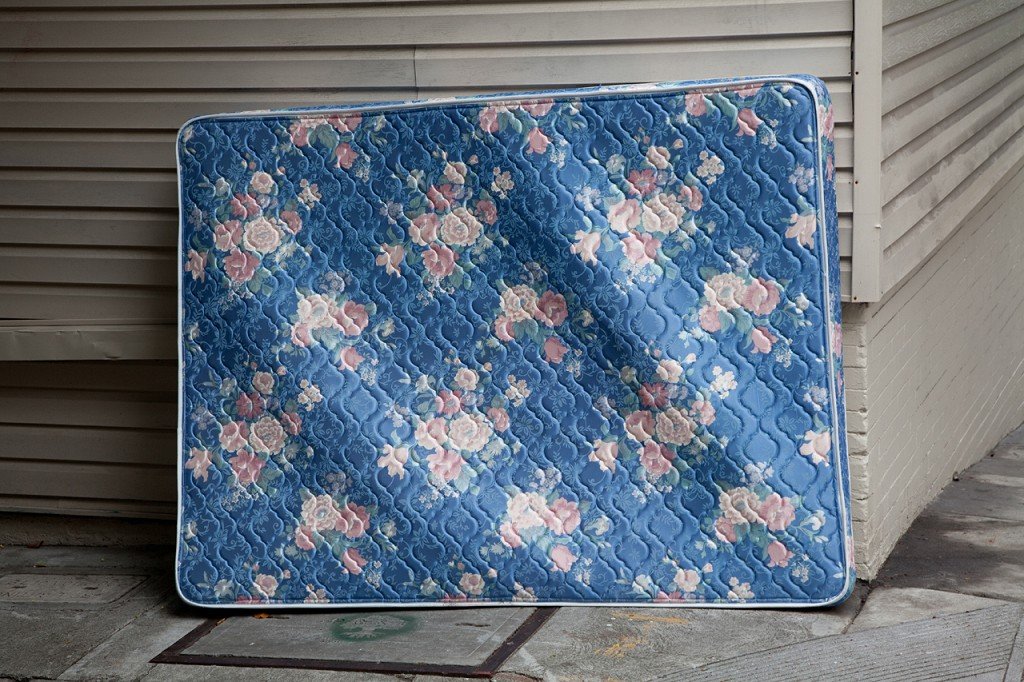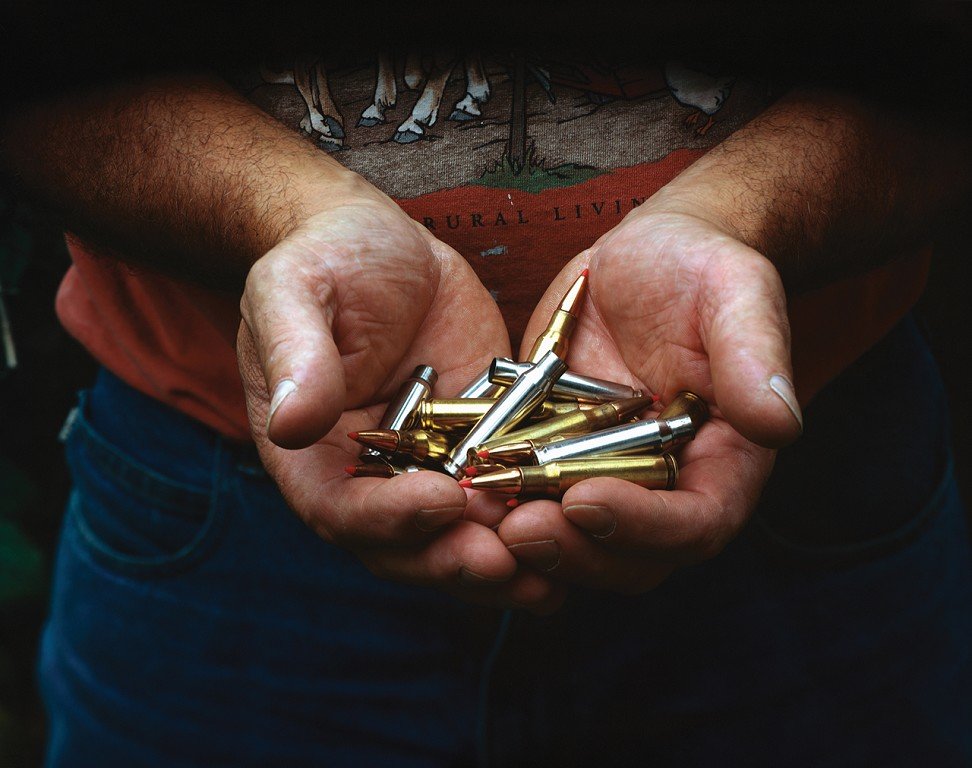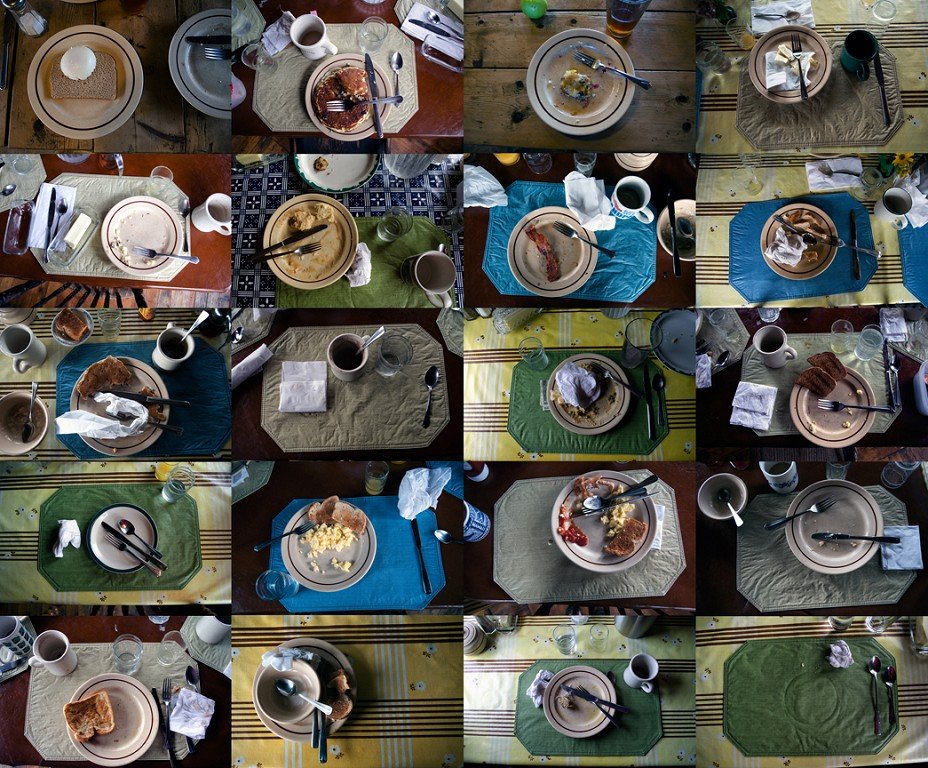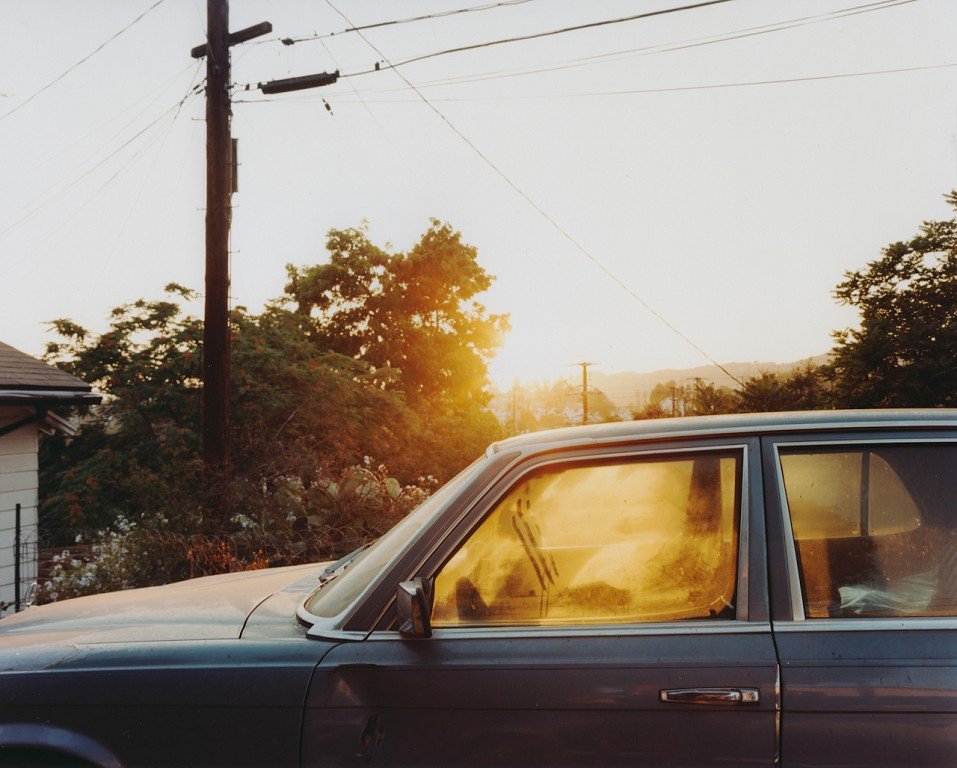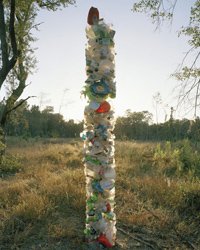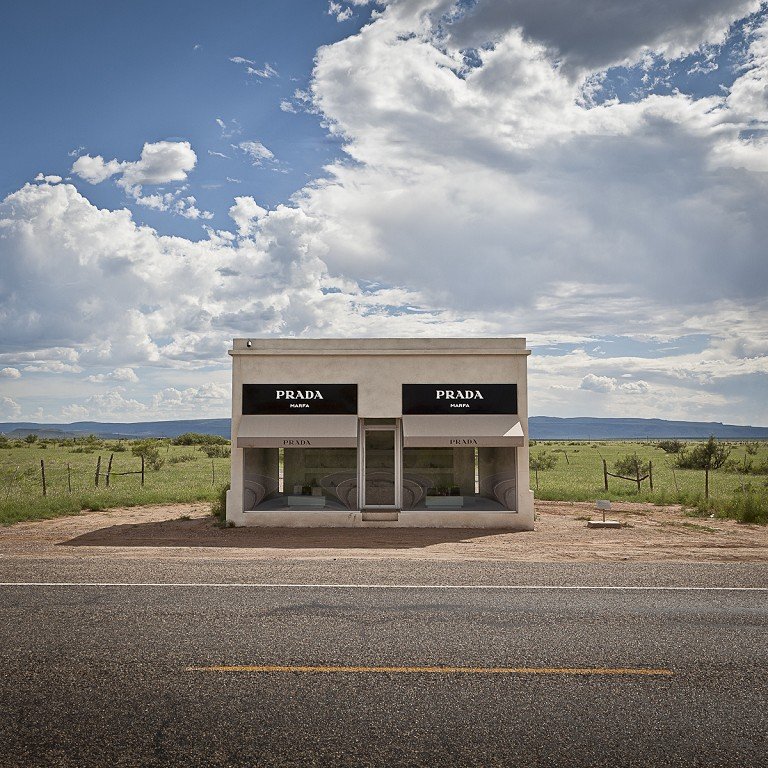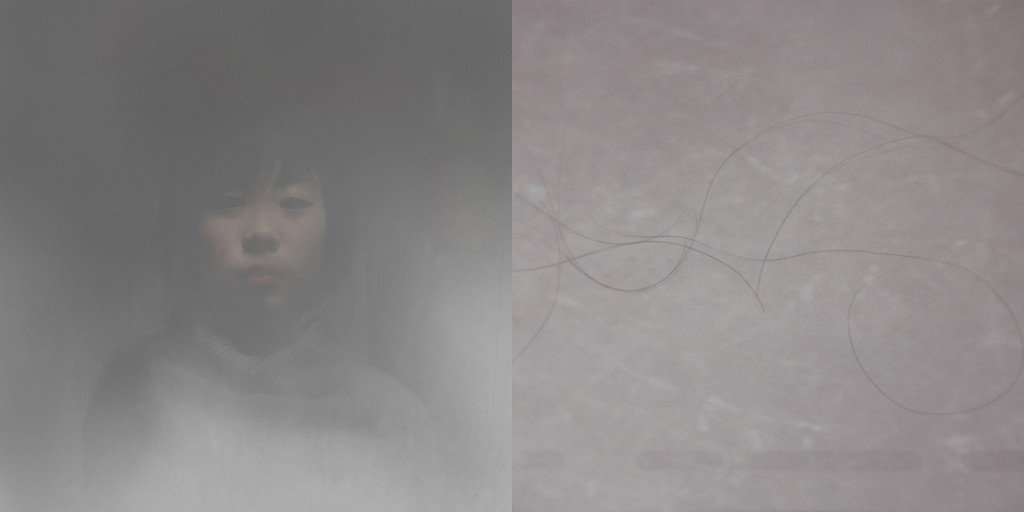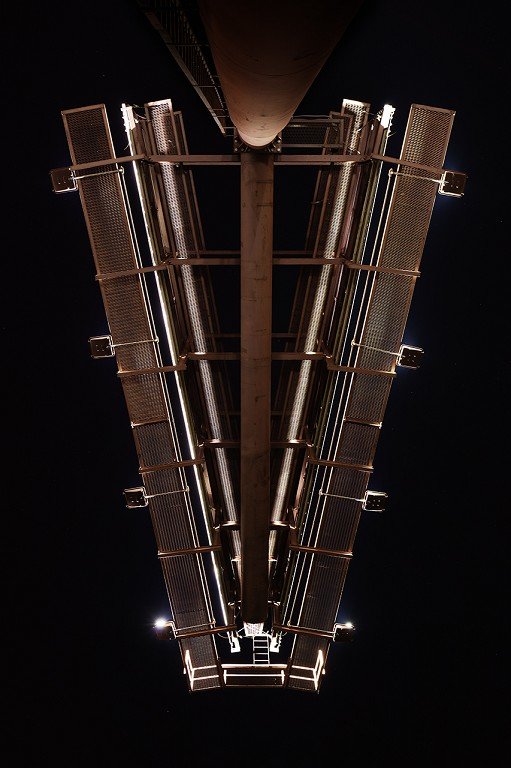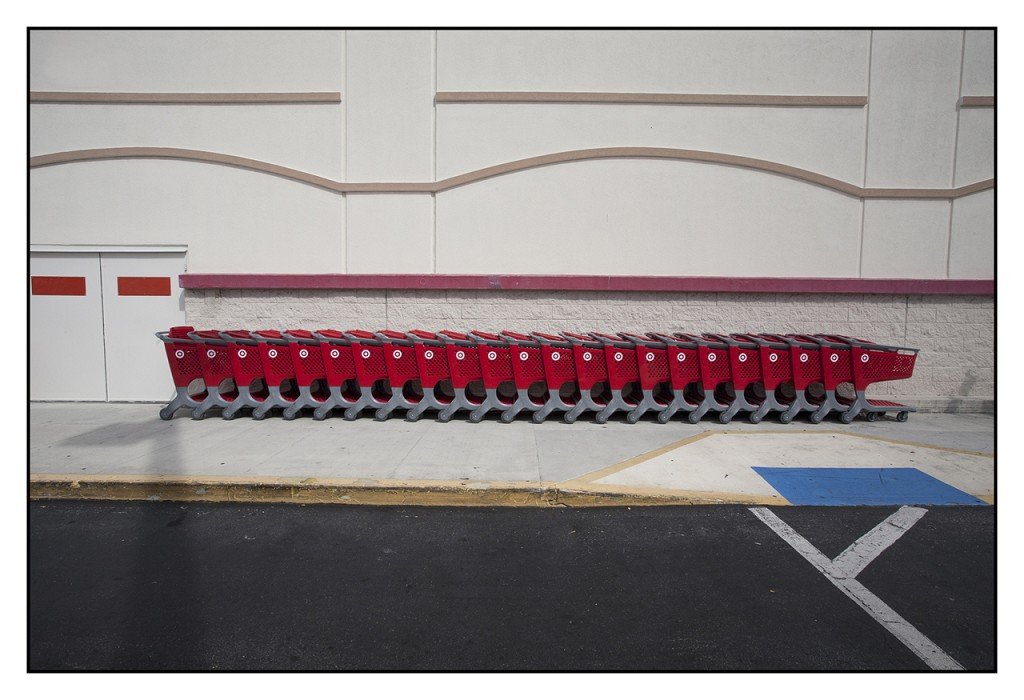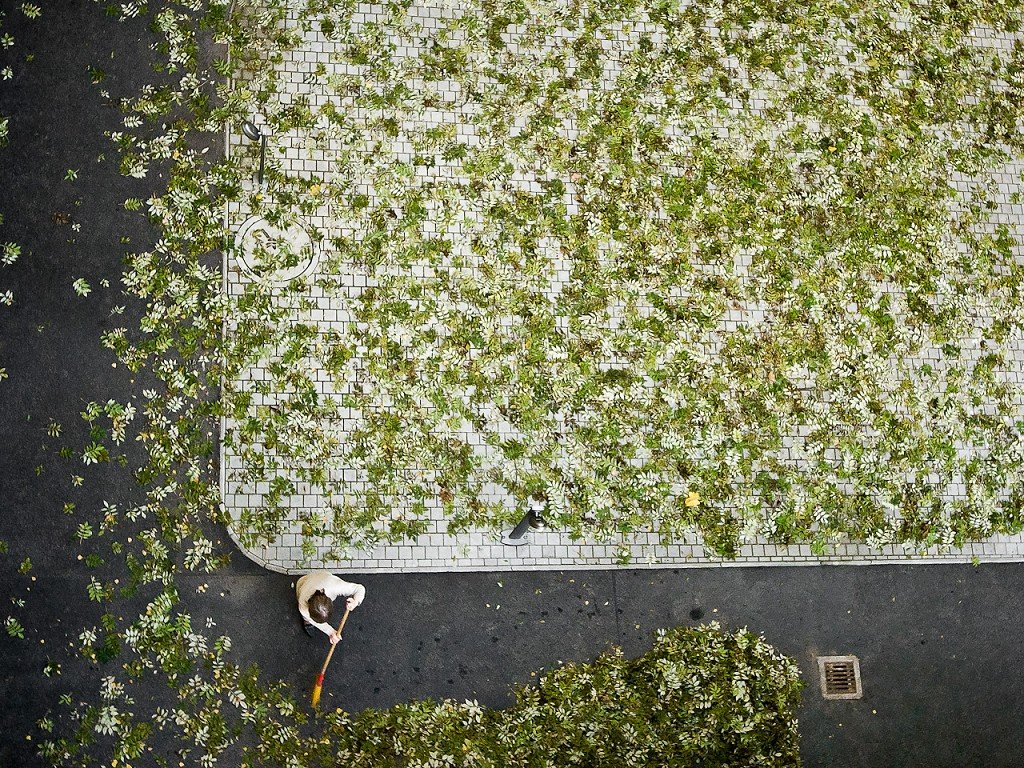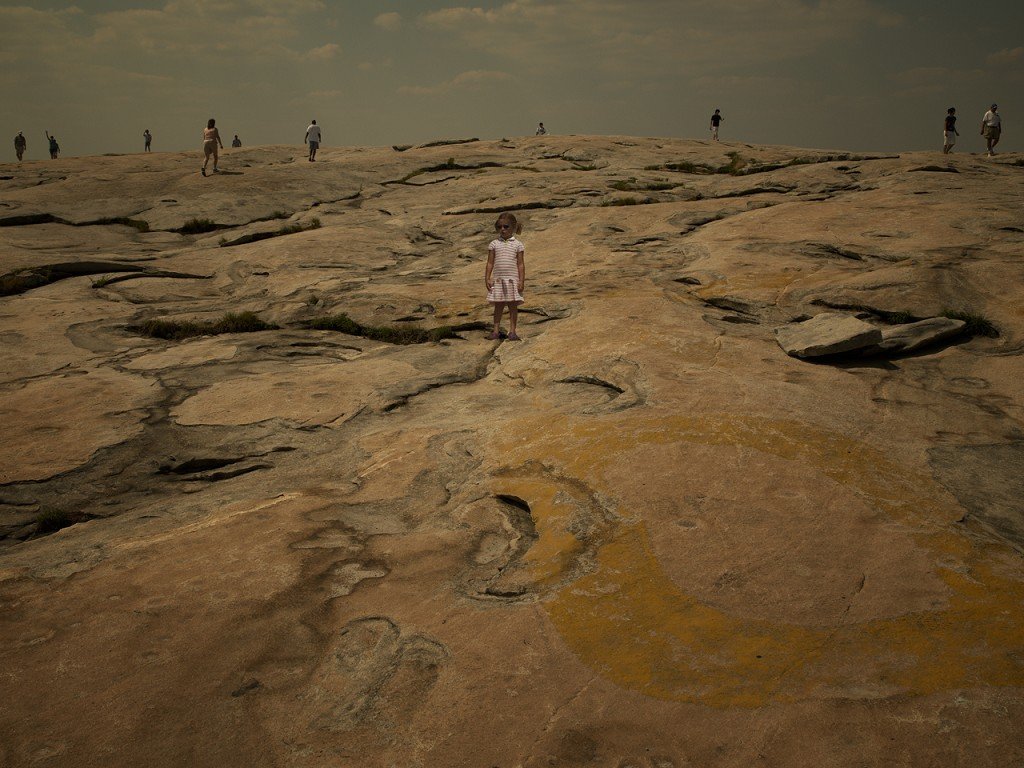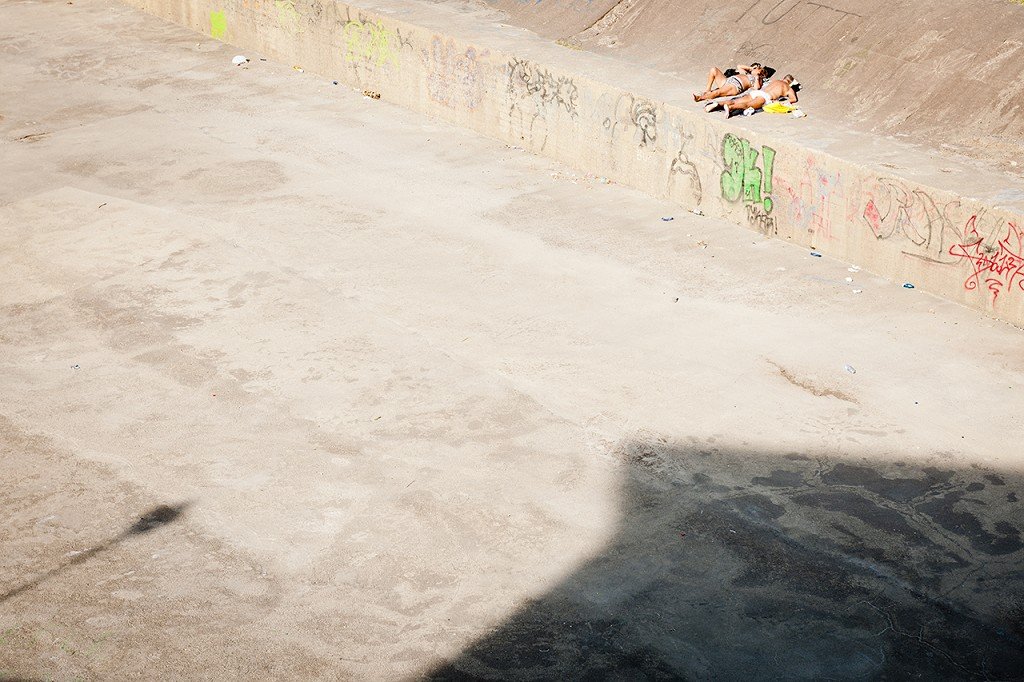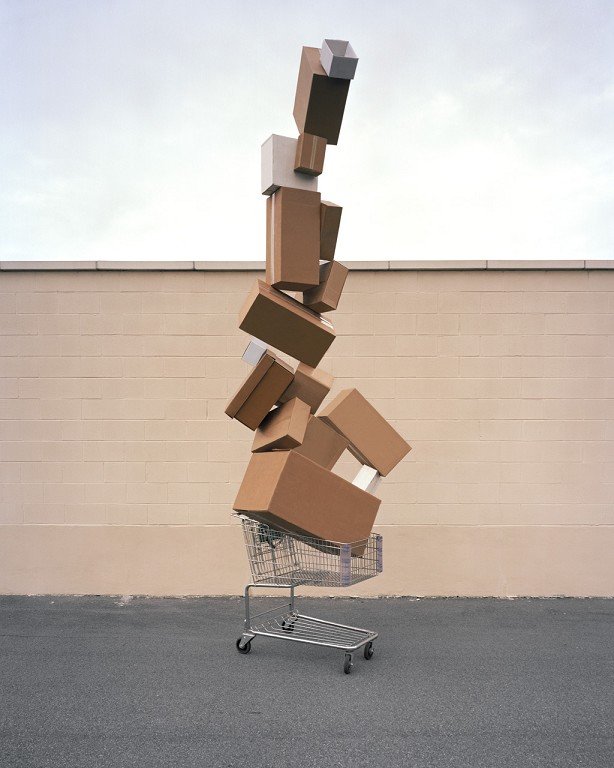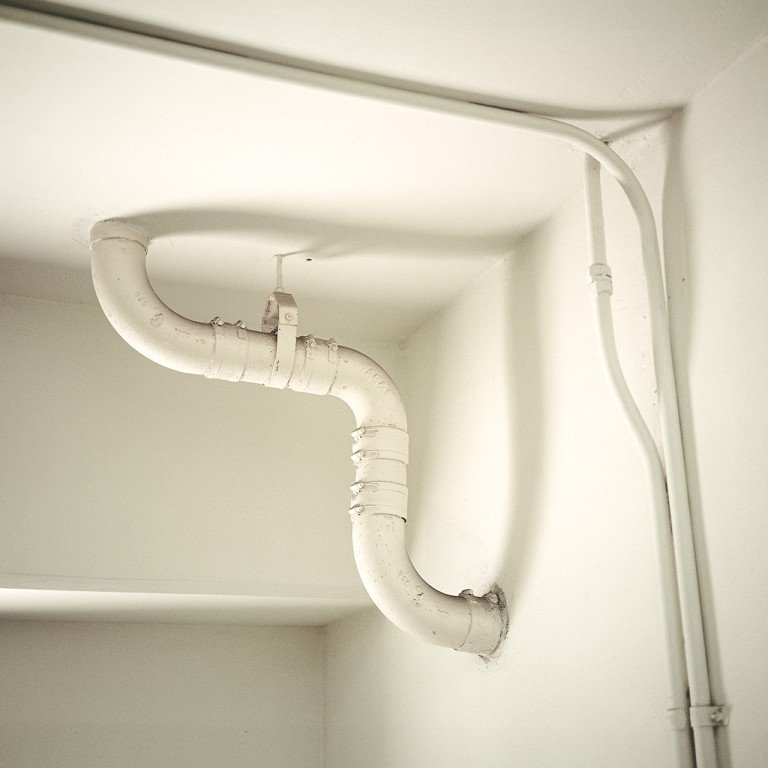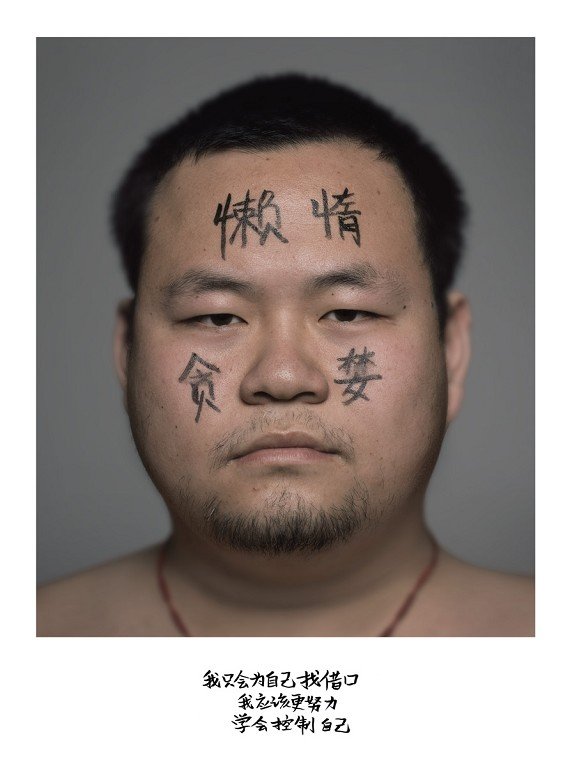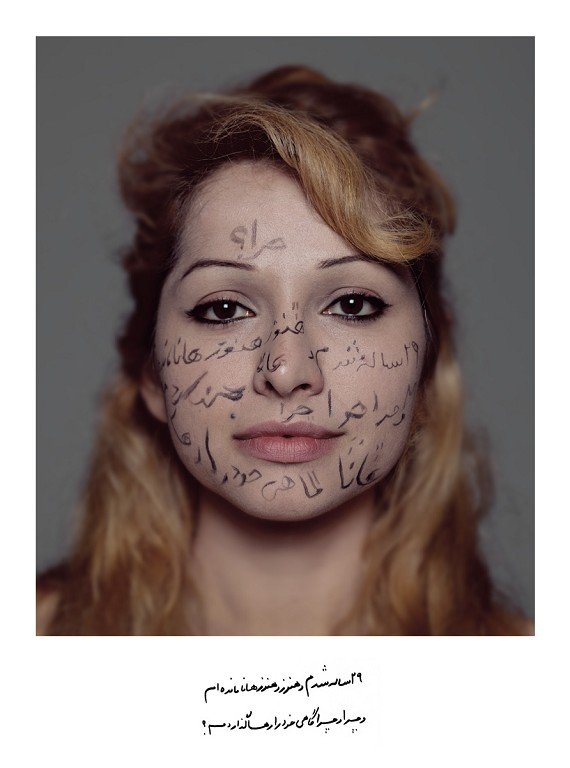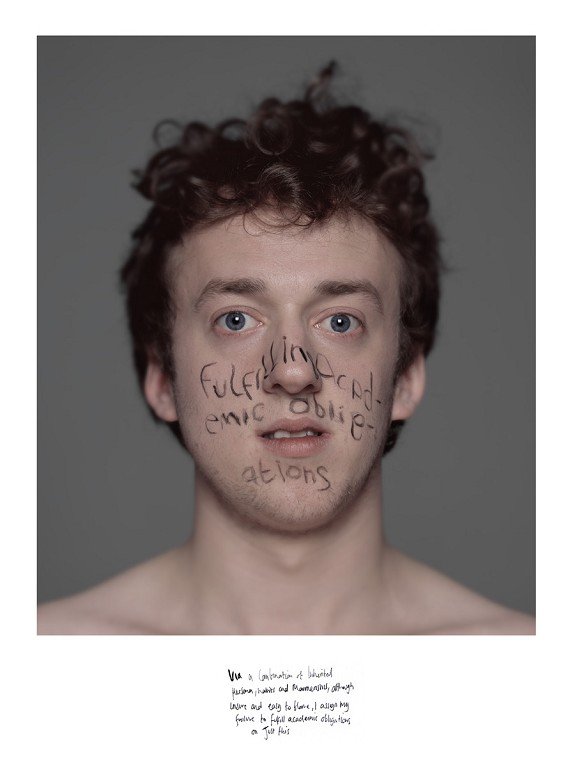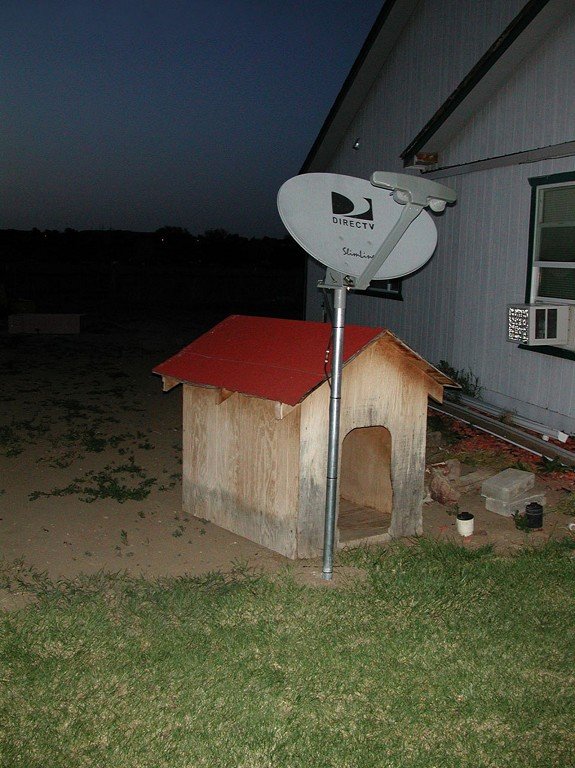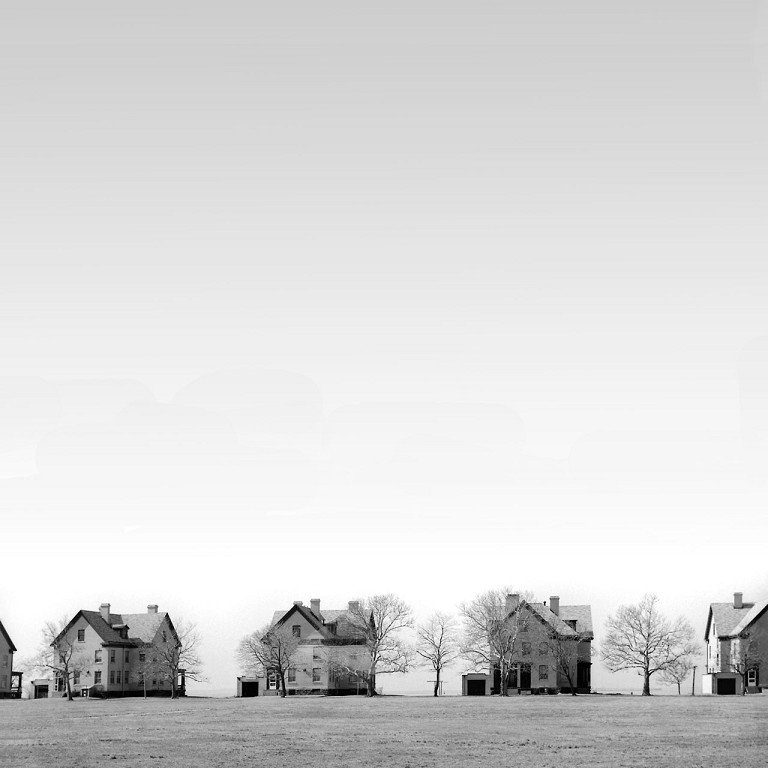EXHIBITION DETAILS
Simply
June 29 - July 28, 2012
Public / Artists’ Reception: July 6, 2012 6-9pm
JUROR
Louise Clements is the Artistic Director of QUAD, centre for contemporary art & film since 2002. As curator since 1998 Louise has initiated/curated many commissions and exhibitions of international contemporary art. She is also the Co-Founder and Artistic Director/Curator of FORMAT International Photography Festival Derby UK. FORMAT is one of the UKs leading photography festivals, biennial programme in March,celebrates the wealth of practice in international photography.
THEME
Simply the ordinary and commonplace objects and occurrences of everyday life. Simply Ubiquitous.
STATEMENT
Everything is both simpler than we can imagine, and more complicated that we can conceive. - Johann Wolfgang von Goethe
The photographers selected for Simply all have something in common, their capacity to translate what they encounter and to transform the things that remain unnoticed, they see the extra in the ordinary. They help us examine the world with fresh eyes, by interpreting and sharing individual perspectives the images feature selected details that we would perhaps take for granted. Through photography’s ability to present moments of stillness we are able to view, think again and consider more deeply these ubiquitous fragments. Here we are presented with a diversity of seemingly simple perspectives, everything from the encroachment of concrete on the land, a sculpture made from discarded plastic, plants reclaiming interstitial environments, shopping carts, ordinary chairs and suburban housing. The works also go further to attempt to represent the un-photographable yet omnipresent abstract phenomena such as guilt and satellite transmissions, all become fascinating in their isolation.
Does separating these subjects out as images make them more interesting, heroic, more important? Can photographing a shrub and elevating it in terms of presenting it in a gallery space give it more meaning, will we look at our own environments again now with new curiosity? In this exhibition we can literally apply the truism that the more we look the more we see. In the mix we have a melted blue icepop absorbed into the sand, warm sunlight seeping through the shutters a simple frozen moment, a contradiction in which our knowledge of butter and warmth tells us of the latent consequences and separate from this we also have tourists staring out to a horizon where land and sea have no definable separation.
Although much of what is photographed is captured from the simple world around us, it sometimes takes an artist to remind us to look when we see. In western art history after Duchamp created an artwork from a urinal, various artforms and movements have referenced or included the commonplace or the simple everyday. William Eggleston and Ed Rusha both received mixed reviews in the 60’s and 70’s for their work of the commonplace. In some cases artists adopted the simple everyday into their work initially as political provocation to stimulate the status quo of the bourgeoisie. Today we have become conceptually re-orientated and as audiences we have become more visually sophisticated, so that maybe the subject matter has a more subtle and less controversial agenda. Beyond their function, the humble unnoticed details of the world around us such as empty water bottles, old TV’s and discarded mattresses take on new forms that resonate with fresh meaning. If we read beyond the surface tension of the photograph, peeling back the layers of meaning we can find important complex, socio-political, historical, emotional references and cultural evidences.
Photography is no longer just a pastime or a distinct activity today, it has become ubiquitous. From blogs, twitpix and flickr.com to the Facebook family album. Photography itself has become an ever-present medium. Almost everyone has a camera of some kind, statistics indicate that we are photographed over 300 times a day through the surveillance cameras in our cities, while photographic images in print and online are nearly always in our field of view, still images are omnipresent. Events, activities, moments, objects, and people are ‘captured' and distributed as images on an unprecedented scale. Photographic image makers and galleries have an important role to play in making visible the simple elements and moments of our lives in order to reflect upon and contribute to the understandings of cultural memory and identity in the twenty-first century.

